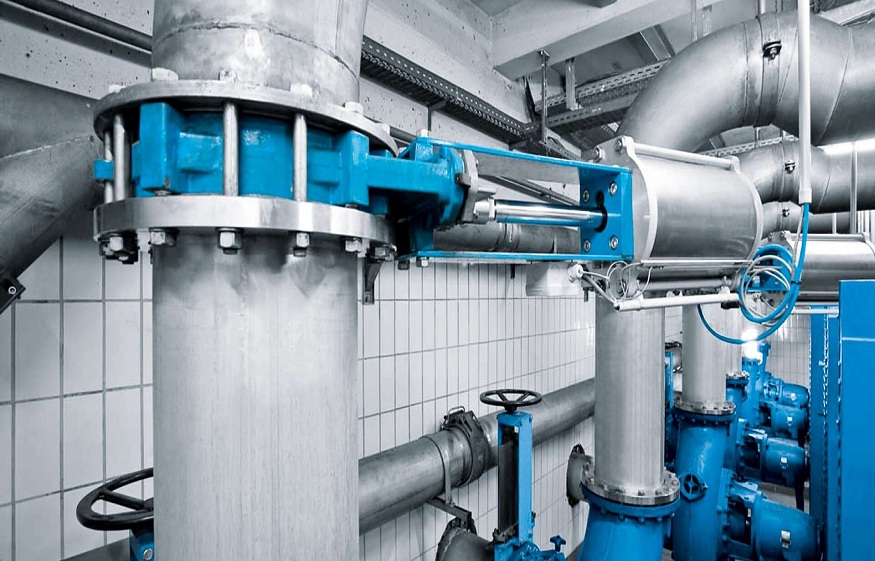Water pumps and treatment stations are significant contributors to noise pollution. Noise from water pumping and treatment plants can become a major issue, specifically when plants are upgraded and expanded to residential development areas. Moreover, every plant improvement project will require an increased pump, compressor, and fan capacity, increasing noise levels. While complete water pump station noise reduction is not possible, the noise level can be minimized using different solutions.
This article lists some effective noise control engineering solutions.
-
Equipment Location
The first significant step is locating the noisiest equipment far away from residential areas. When upgrading the water pump station, an engineer should assess the noise impact with new equipment in alternate locations that could be equipped with physical noise barriers. The plant manager should try to locate the water pumping and filtering machinery in a room with thick walls capable of absorbing high-frequency noise.
-
Facility Ventilation
Water pump plant enclosures are often fabricated of materials capable of reducing noise levels at neighboring locations. But usually, these buildings are equipped with wall-mounted fans and ventilation louvers, allowing noise to radiate to the neighboring buildings.
Business owners can use inexpensive noise control equipment to reduce noise propagating through these openings. For instance, acoustic louvers and HVAC duct silencers can majorly contribute to water pump station noise reduction.
-
Emergency Generators
Emergency power is commonly required at almost every water pump station and treatment facility. The noise from emergency generators shouldn’t be overlooked, regardless of their usage frequency. Generator equipment often creates more noise than all other equipment combined in a facility.
Several generator manufacturers or third-party vendors provide acoustically rated enclosures. Moreover, plant managers can use appropriate exhaust mufflers and duct silencers for air ventilation openings to reduce noise from an emergency generator.
-
Variable Frequency Drives (VFD)
Technology can be used to adjust the speed of rotating devices based on load requirements. Water pump station managers can consider outfitting modern fans, pumps, and electric motors with a variable frequency drive (VFD). As per data, an electric motor operating at 70% of capacity can reduce sound pressure by almost 75%. It means that the sound level can be reduced by approximately 6 decibels.
-
Acoustical Data
These days, almost every equipment manufacturer can provide sound-level data concerning specific equipment. And a responsible manufacturer will be capable of providing sound power data by octave bands.
It makes it possible for the acoustic engineer to assess the propagation and isolation of sound from the water pump station machinery through fields, woods, and over noise barriers to evaluate noise’s impact on residential neighbors. Completing this detailed assessment in the project’s design phase can help engineers provide appropriate noisecontrol recommendations.
Conclusion
More prolonged exposure to the higher noise level at the water pump station can lead to lower productivity, frequent headaches, dizziness, ear damage, and hearing loss. OSHA states that the legal limit for workplace noise exposure is 90 decibels for an eight-hour work shift. It means that plan managers should make every possible effort for water pump station noise reduction by considering the above-discussed noise control solutions.



